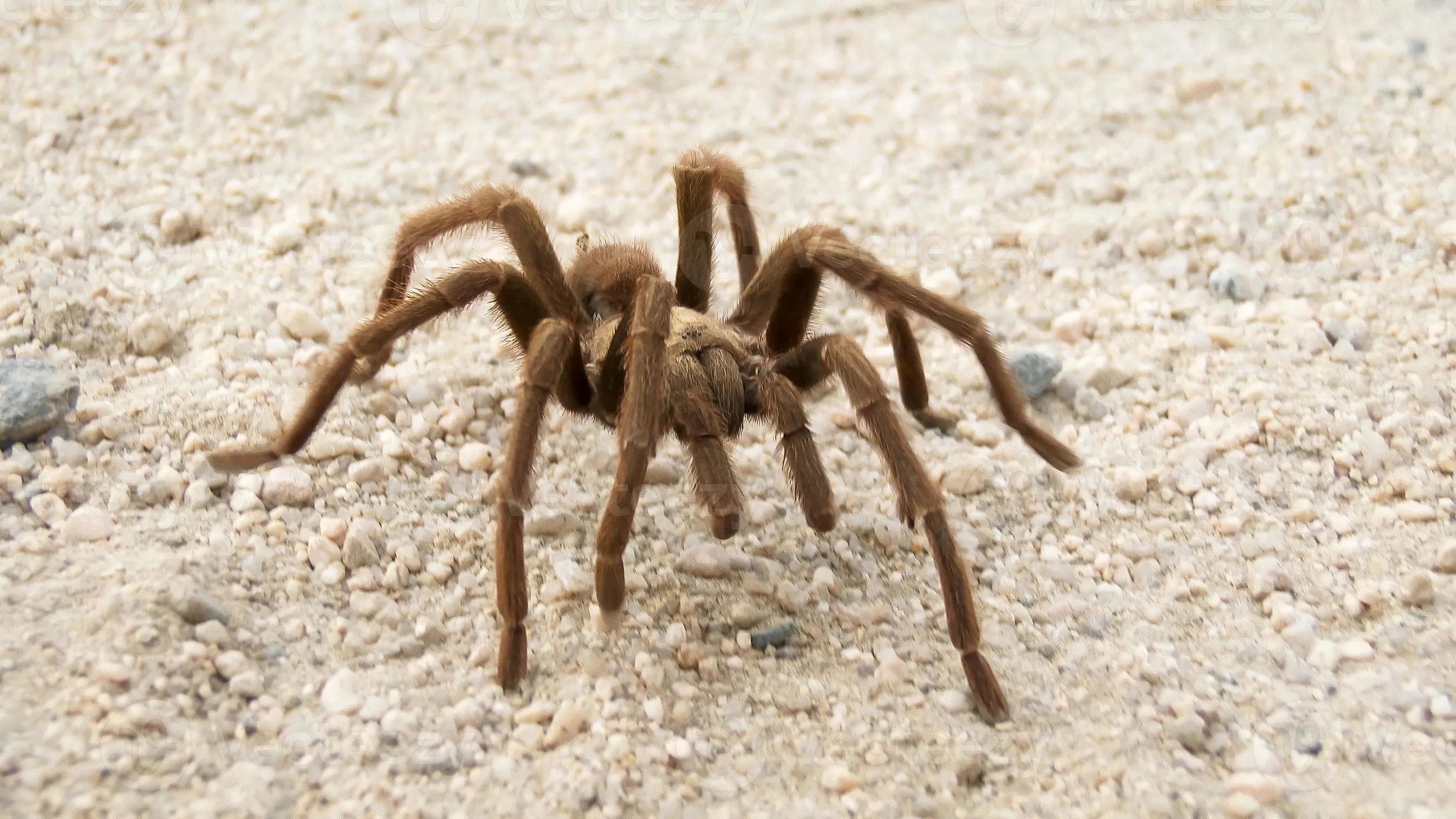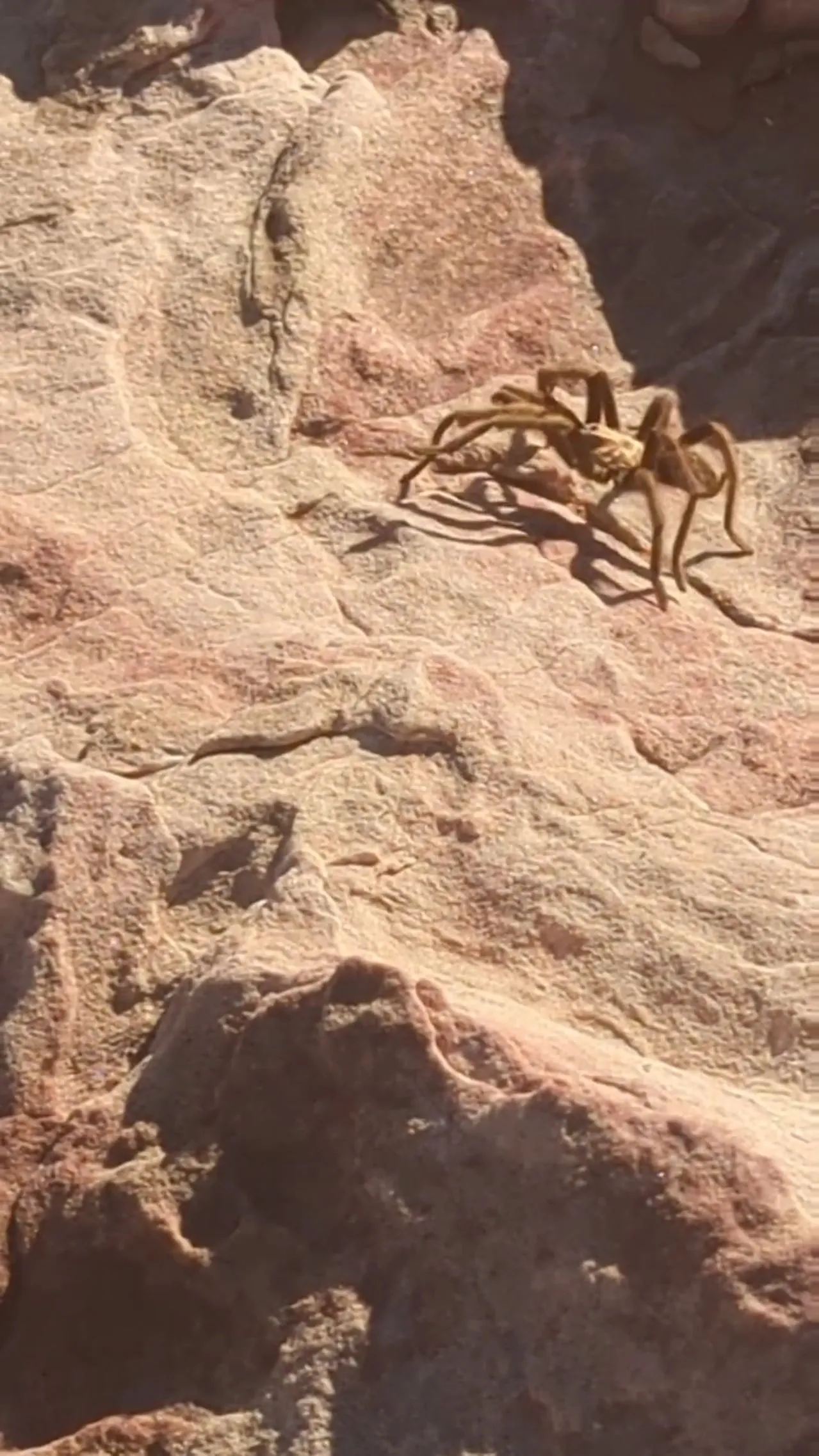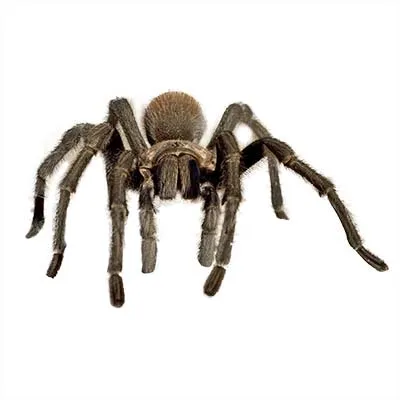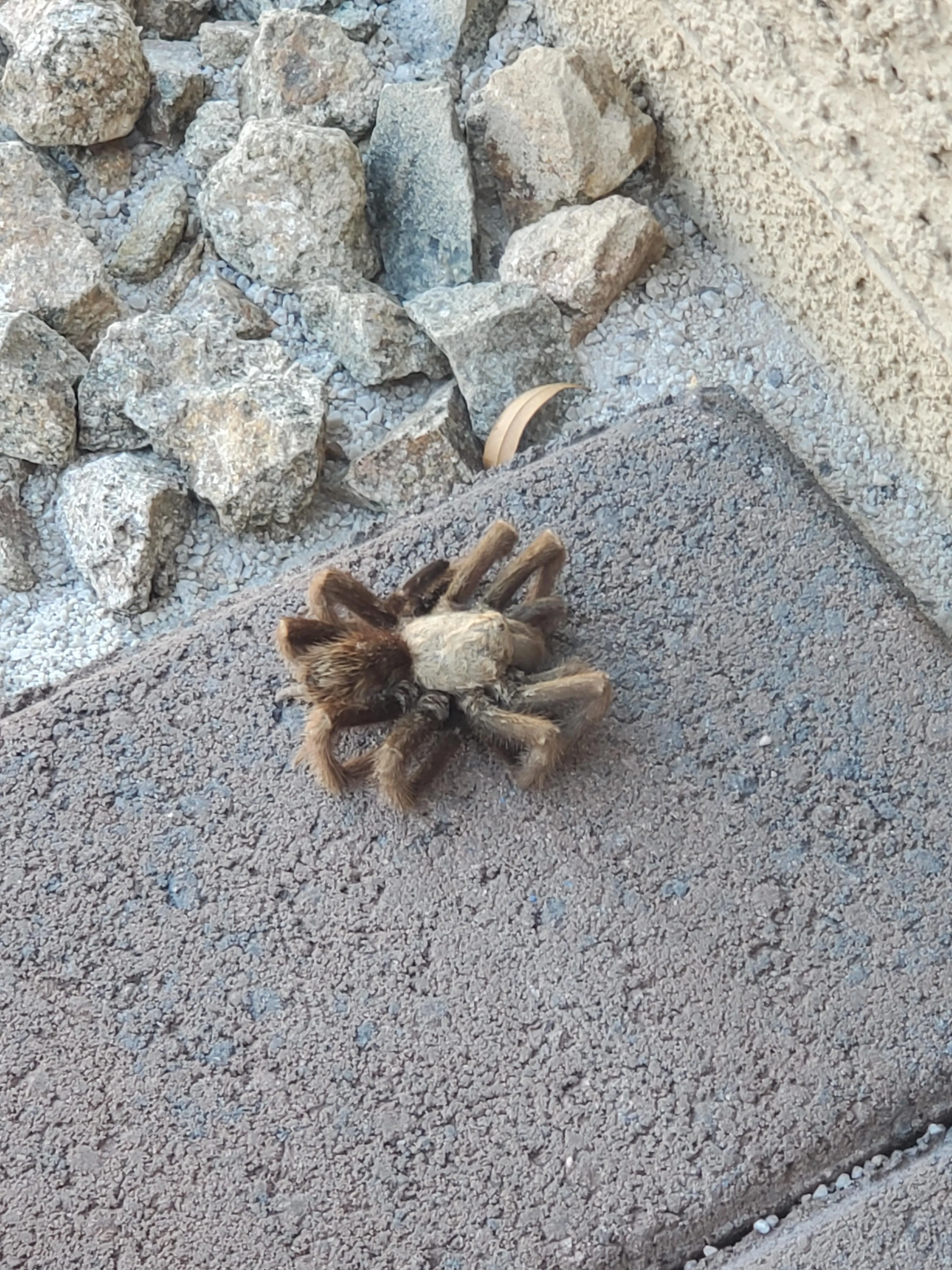The Las Vegas desert, a landscape often associated with bright lights and bustling casinos, is also home to a fascinating creature the Las Vegas Desert Tarantula. These large, hairy spiders are a unique part of the local ecosystem, and for those curious about the natural world, encountering one can be an exciting experience. This guide will provide you with everything you need to know about these amazing arachnids, from their characteristics and habitat to tips on how to spot them safely. Whether you are a seasoned naturalist or just a curious visitor, this guide will enhance your understanding and appreciation of the Las Vegas Desert Tarantula.
What is the Las Vegas Desert Tarantula
The Las Vegas Desert Tarantula, scientifically known as Aphonopelma chalcodes, is a large species of tarantula native to the southwestern United States. They are a significant part of the desert ecosystem, playing a role in controlling insect populations and serving as prey for other animals. These spiders are not considered aggressive and generally avoid human contact, but their size and appearance can be quite intimidating. Despite their fearsome reputation, they are relatively docile and rarely bite unless provoked. These spiders are a vital part of the desert ecosystem, helping to maintain the balance of the local wildlife. Understanding them can help you appreciate them.
Appearance and Characteristics
These tarantulas are easily recognizable due to their large size and hairy bodies. Adult females can have a leg span of up to 6 inches, while males are often slightly smaller. Their coloration typically ranges from shades of brown to tan, providing excellent camouflage in the desert environment. The tarantulas have eight eyes arranged in two rows, allowing them to see in various directions. They also possess fangs that they use to inject venom into their prey. The entire body is covered with hairs, some of which can cause irritation if they come into contact with skin. They also have spinnerets at the end of their abdomen, which they use to produce silk for their burrows and egg sacs. This silk is also used for trapping prey.
Habitat and Distribution

The Las Vegas Desert Tarantula thrives in arid and semi-arid environments. They are primarily found in the Mojave Desert, which includes the Las Vegas Valley. They prefer to live in burrows that they dig in the ground, often under rocks, bushes, or other shaded areas. These burrows provide shelter from the harsh desert sun and extreme temperatures. Their distribution is primarily concentrated in the southwestern United States, including Nevada, Arizona, and parts of California and Utah. They are well-adapted to the challenging conditions of their desert habitat, including the scarcity of water and extreme temperature variations.
Where to Find Las Vegas Desert Tarantulas
Finding these tarantulas requires knowledge of their habits and habitat. They spend most of their time in their burrows, emerging primarily at night to hunt. The best chance to spot them is during their mating season, which typically occurs in late summer and early fall. During this time, males leave their burrows in search of females. Driving along desert roads at night can sometimes reveal them crossing the road. However, it’s important to remember that these spiders are wild creatures and should be observed from a safe distance, respecting their habitat and avoiding any interference.
Best Times for Spotting
The best time to spot Las Vegas Desert Tarantulas is during the late summer and early fall months, specifically from August to October. This is their mating season, when the males actively wander in search of females. The ideal time of day is at night, as these spiders are nocturnal hunters and are most active after sunset. Observing them requires patience and a bit of luck. Nighttime drives through desert areas, especially after a rain, can increase the chances of seeing them. However, it’s essential to prioritize safety and avoid approaching them too closely.
Ideal Locations

The ideal locations for spotting Las Vegas Desert Tarantulas are in the outskirts of the city, where the desert habitat is relatively undisturbed. Areas with less human activity and well-preserved natural landscapes are prime spots. Look for areas with sandy or loamy soil, which is ideal for burrowing. State and national parks and conservation areas offer potential sighting opportunities. Always stay on marked trails and respect the environment. Popular spots for observing these tarantulas include Red Rock Canyon National Conservation Area and areas surrounding Lake Mead, where the desert landscape provides suitable habitats for these spiders. However, never disrupt or damage their homes.
Safety Precautions when Observing
Observing these tarantulas safely is paramount. Always maintain a safe distance, and avoid any sudden movements that could startle them. Wear sturdy shoes and long pants to protect yourself from potential bites or encounters with other desert creatures. Always bring a flashlight or headlamp for nighttime observations. It’s crucial not to attempt to handle or touch the tarantulas, as this can provoke them. Educate yourself about the potential risks and be prepared for any situation. Never approach a tarantula if you are unsure of its behavior.
Avoiding Bites
Bites from Las Vegas Desert Tarantulas are rare and typically not life-threatening, but they can be painful. The best way to avoid being bitten is to keep a safe distance and never attempt to handle them. Avoid putting your hands or feet in places where you can’t see, such as under rocks or in burrows. If you are bitten, stay calm and clean the wound with soap and water. While the venom is not highly toxic to humans, it’s important to monitor the bite area for signs of infection. Seek medical attention if you experience severe symptoms or if the bite area becomes infected.
Respecting Their Habitat

Respecting the habitat of the Las Vegas Desert Tarantula is vital for their survival and the preservation of the desert ecosystem. Avoid disturbing their burrows or the surrounding environment. Do not litter, and pack out everything you pack in. Stay on designated trails to minimize your impact on the desert landscape. Educate yourself and others about the importance of preserving the natural habitat of these creatures. Remember that you are a visitor in their home, so tread lightly and leave the area as you found it. The ecosystem depends on everyone doing their part.
Conservation and Protection Efforts
Conservation efforts are essential to ensure the long-term survival of the Las Vegas Desert Tarantula. Support organizations dedicated to preserving their habitat and promoting responsible ecotourism. Avoid purchasing tarantulas from the wild, and report any illegal activities to the appropriate authorities. Participate in citizen science projects to help monitor tarantula populations and their habitats. By understanding the importance of these spiders and their role in the ecosystem, we can collectively work towards their protection. Education and awareness are key to helping safeguard the future of the Las Vegas Desert Tarantula.
In conclusion, the Las Vegas Desert Tarantula is a fascinating creature that adds to the biodiversity of the desert landscape. By understanding their characteristics, knowing where and when to find them, and practicing safe observation techniques, you can have a rewarding experience while appreciating the wonders of the desert. Remember to always respect their habitat and contribute to conservation efforts to ensure that future generations can also marvel at these incredible arachnids.
